#cucumis
Explore tagged Tumblr posts
Text
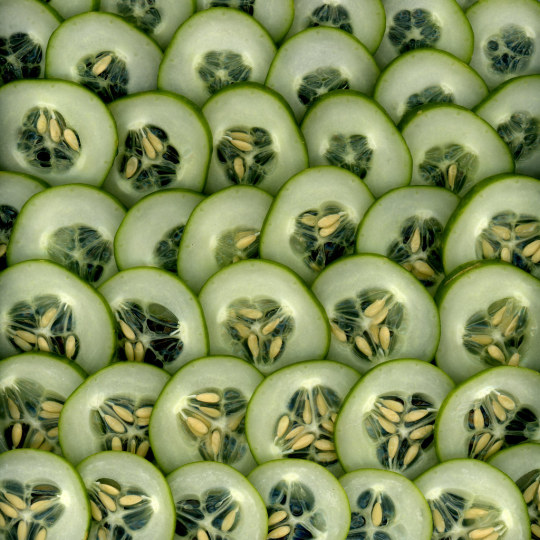
#IFTTT#Flickr#horticulturalart#cucumissativusdiva#cucumissativus#cucumis#cucumber#slices#crosssection#pattern#food#vegetable#curcubit#fruit
4 notes
·
View notes
Text
The Meganana has appeared and would also like to bestow A Boon upon ye

(X)

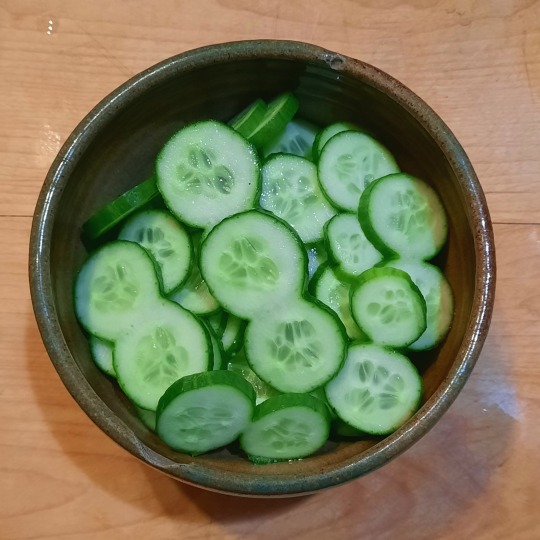
You have been visited by the twocumber. May you receive twofold luck in the coming days
#these make me so happy for some reason#they’re just silly guys!! also I like pairrot. it’s a good portmanteau#musa#daucus#cucumis#fruit#food plants
136K notes
·
View notes
Text

revised the previous version
#beroe cucumis obsession is backkk ฅ/ᐠ. ̫ .ᐟ\ฅ#vtm#vampire the masquerade#vtm oc#tzimisce#vtm tzimisce#oc#my art#oc: nina
228 notes
·
View notes
Text
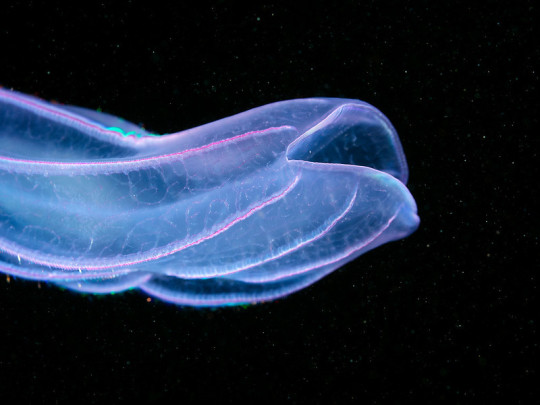
Beroe cucumis huge mouth X1DII
Photographer: Alexander Semenov
23 notes
·
View notes
Text
youtube
2 notes
·
View notes
Text
Just watered the Rockmelons
0 notes
Text
മുള്ളൻകക്കിരി
Cucumis metuliferus
കുക്കുമിസ് മെറ്റുലിഫെറസ് എന്ന ശാസ്ത്ര നാമത്തില് അറിയപ്പെടുന്ന മുള്ളൻകക്കിരി,
ഇലയിലും, തണ്ടിലും പരുപരുത്ത രോമങ്ങൾ നിറഞ്ഞ സസ്യ ഭാഗങ്ങളോടെ, വള്ളിയായി പടര്ന്നു വളരുന്ന ഒരു ഏകവർഷി സസ്യമാണ് ,
ആഫ്രിക്കൻ മുള്ളൻ കക്കിരി, അല്ലെങ്കിൽ ഇംഗ്ലീഷ് തക്കാളി എന്ന് പൊതുവേ അറിയപ്പെടുന്ന ഇതിനെ,
കിവാനോ, ജെല്ലിമെലോൺ, ഹോൺഡ് മെലോൺ തുടങ്ങിയ പേരുകളിൽ അറിയപ്പെടുന്നു.
0 notes
Text
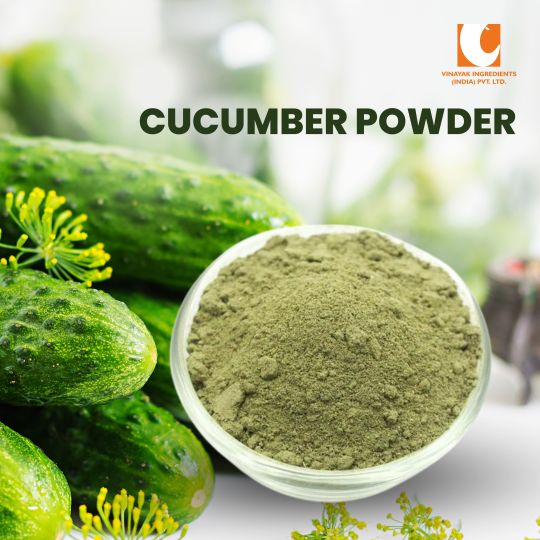
In the ever-evolving world of skincare, where new products and ingredients constantly emerge, one ingredient stands out for its remarkable ability to rejuvenate and nourish the skin: cucumber powder. Derived from the cucumber fruit (Cucumis sativus), cucumber powder has gained popularity as a key component in skincare formulations, thanks to its myriad of benefits for achieving youthful radiance.
0 notes
Text
i miss eating melons. :'((( i remember watermelon was one of the first things i noticed tasting bad last year. and cucumber's been on the list too, so i assume my beloved honeydew melon is also there. 😭
#i'm so scared to spend like $8 on a melon and then not be able to eat it#like i would genuinely cry#maybe i should try another cucumber and see if that's changed#btw! did you know that cucumbers and honeydew melons are hella similar!!#i use to blend honeydew for my smoothies (heaven on fucking earth. so so good.) and the smell when you pulled off the lid was 100% cucumber#so i looked it up and they're both cucumis!#i didn't notice til i noticed#if i ever get the normal smell back maybe i should try putting cucumber in with my smoothies#fructose + cucumber = $1 honeydew for my smoothie????#adam yaps
1 note
·
View note
Text
comic city spark was THE BEST
#i got to speak to cucumis and a lot of other womderful artists and i bought SO MANY doujinshi#might share some pics of my haul later!#fma#p
0 notes
Text

Melón
Imagen: rawpixel
0 notes
Text

きゅうりの輪切りに塩振って水気を絞ってヨーグルトと玉ねぎドレッシングかけたやつ。暑くて食欲ないときでもこれなら食える。近所の野菜直売所できゅうり6本100円だったので、こんなのばかり食べてる。
0 notes
Text
Kyk saam...
Om mooie flentertjies van 'n dag gegun te word. Ek deel dit op rinabester.wordpress.com
hoe die son die tiemie en die stekel-komkommers op my vensterbank seën Die stekel komkommers: cucumis metuliferus (rooi agurkie of rooi komkommer) Foto: Rina Bester© ʼn Hopie tydskrifte lê hier, boeke ook. Koerante daar – ‘n lui papierspoor wat nog nét so in die sitkamer lê. Ek begin teësinnig opruim. Ek hou nie van die opruim nie. Nie oor die werk nie, maar oor ek, soos nou hier in die…

View On WordPress
0 notes
Text


Cetriolo (Cucumis sativus L., Cucurbitacee)
27 notes
·
View notes
Text
I'm gonna go and water the Rockmelons
0 notes
Text
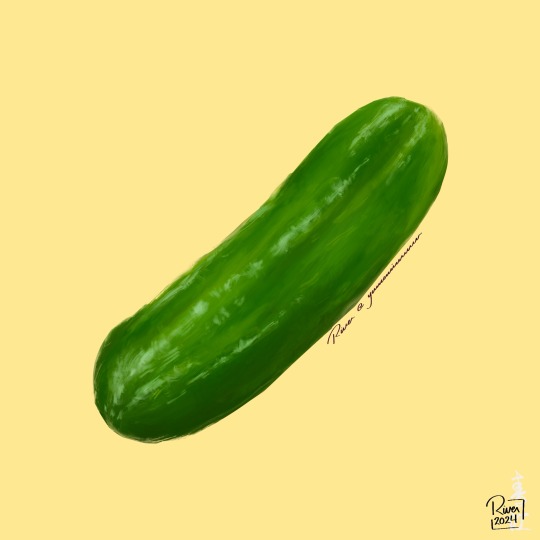
“The cucumber (Cucumis sativus) is a widely-cultivated creeping vine plant in the family Cucurbitaceae that bears cylindrical to spherical fruits, which are used as culinary vegetables. Considered an annual plant, there are three main types of cucumber—slicing, pickling, and seedless—within which several cultivars have been created. The cucumber originates in Asia extending from India, Nepal, Bangladesh, China (Yunnan, Guizhou, Guangxi), and Northern Thailand, but now grows on most continents, and many different types of cucumber are grown commercially and traded on the global market.”
Cucumber. (2023, April 10). Wikipedia. https://en.m.wikipedia.org/wiki/Cucumber
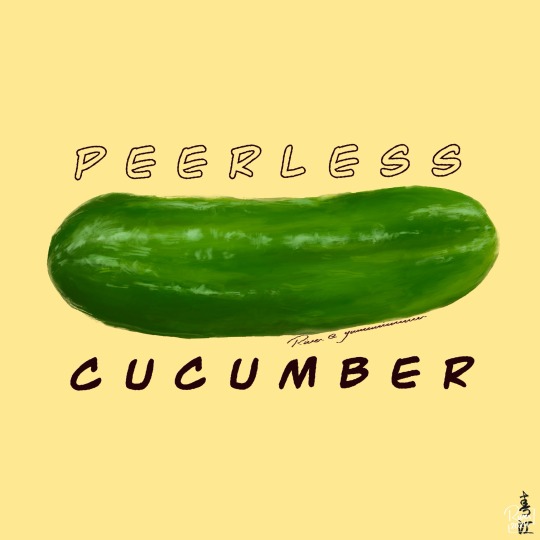

#cucumber#peerless cucumber#svsss#svsss fanart#svsss shitpost#mxtx#scum villian self saving system#ren zha fanpai zijiu xitong#人渣反派自救系統#april fools#digital art#digital painting#procreate#my art#yumemiruuuu art
36 notes
·
View notes